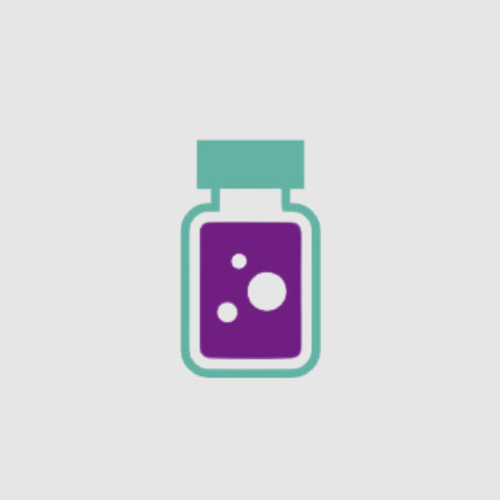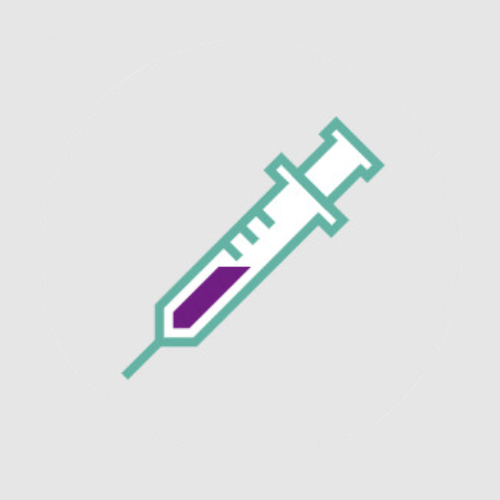You have successfully logged out.
Implementing USP <800>
We aim to simplify the USP <800> process
We're all in when it comes to helping promote patient, worker and environmental safety. So when something as important as USP <800> comes along, we want to share our expertise to help you implement it. USP <800> provides standards for safe handling of hazardous drugs to minimize the risk of exposure to healthcare personnel, patients and the environment. We bring together expert insights, experiences and recommendations to help you get started.

On this page
Understanding the risks
Hazardous drugs, like Antineoplastics, save lives but also pose an exposure risk to those admixing, transporting and delivering them. USP <800> defines processes intended to minimize the exposure to hazardous drugs in healthcare settings.

“Published studies have shown that workplace exposures to hazardous drugs can cause both acute and chronic health effects.”
Get started. People and processes.
USP <800> contains 18 sections and bridges multiple departments and cost centers. But where, when and how to start?
This is essential to successfully implementing USP <800>. At a minimum, this team should include pharmacy, nursing and management, and risk or quality management based upon your organizational structure.
Your organization must create and maintain a list of drugs handled at your facility that appear on the NIOSH List of Antineoplastic and Other Hazardous Drugs in Healthcare Settings. This list must be reviewed at least every 12 months and whenever you add a new drug that appears on the NIOSH list.
Changes require resources, which include people, time and financial investment. Capital expenses, such as the need to vent primary engineering controls to the rooftop, will likely require planning and future budgeting. Variable expenses, like closed system transfer devices (CSTDs) and personal protective equipment (PPE), will also require budgeting and may change based upon your HD assessment.
Effective people and personnel management may be the most important determinants of compliance with the standard. All staff who handle HDs are responsible for understanding fundamental practices and precautions as well as taking part in continual evaluation of quality. To facilitate compliance and build support, consider the following four activities:
- Educate early and often while empowering healthcare professionals to understand “the why” in addition to “the how."
- Make the necessary investment to protect staff – nothing says an organization cares about its employees more than providing PPE, CSTDs and appropriate primary engineering controls.
- Develop an HD environmental sampling program and conduct wipe tests before and after changes in work practices or physical plant revisions. The sampling program may provide valuable feedback about the effectiveness of these changes.
- Consider the development of a medical surveillance program in concert with employee health officers. The development of a surveillance program demonstrates caring and compassion and may help to contribute to the understanding of the nature of risk.


